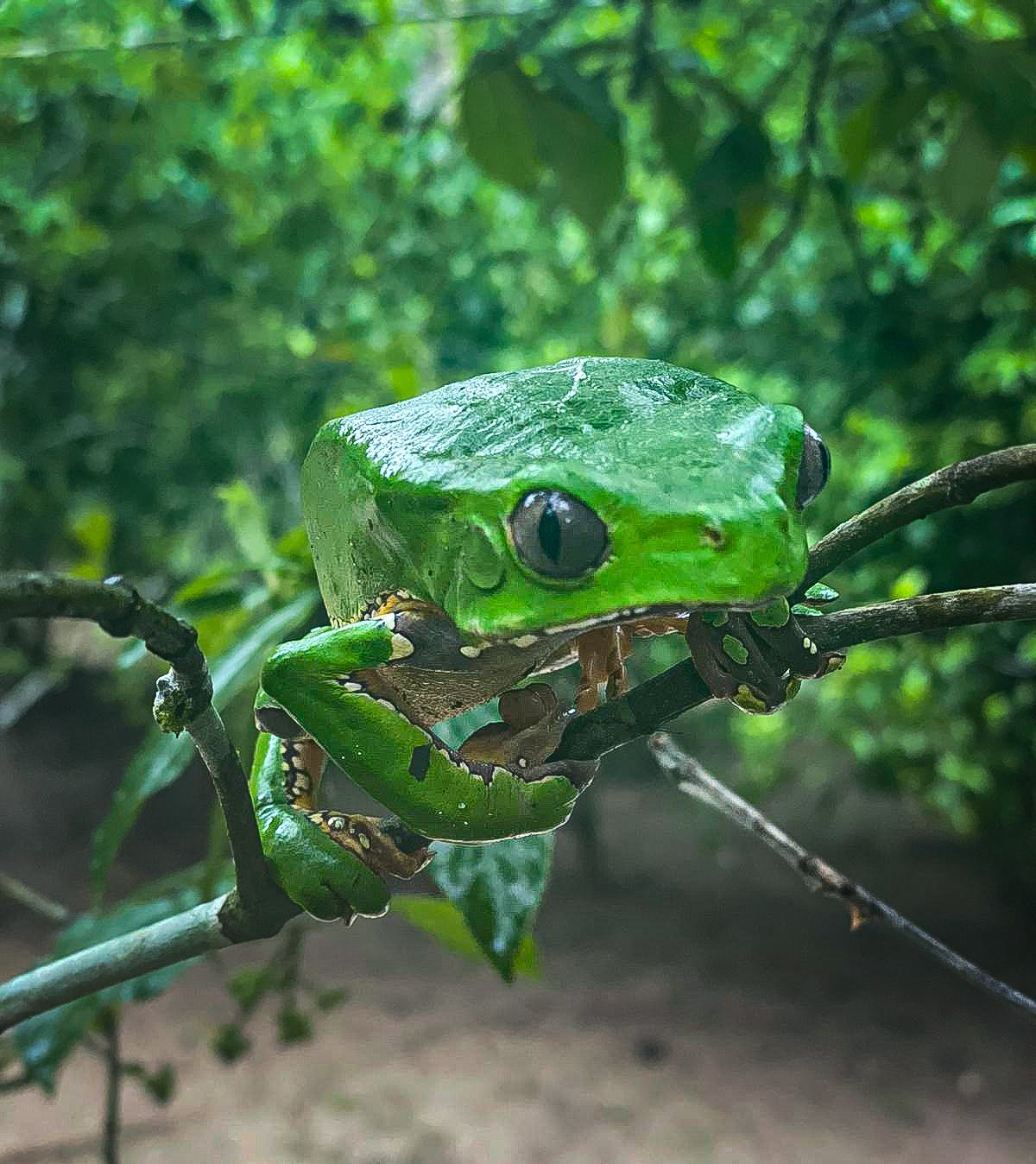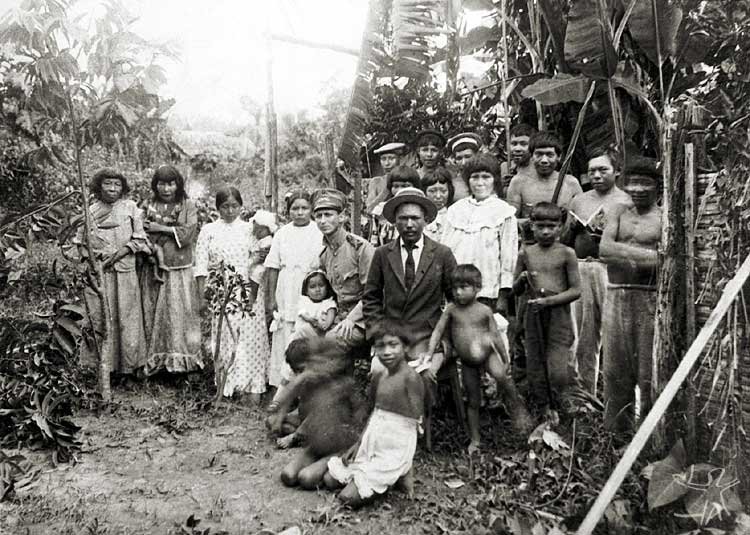Science of Kambô
Kambô is an incredible and unique chemical cocktail that contains dozens of Peptides (short chains of amino acids). These peptides are bioactive which means they have an affinity and selectivity for binding to cell receptor sites in humans. A receptor is like a lock that, when opened with the right key, the bioactive peptide triggers a chemical reaction in the body.
As far as we know, Kambô contains around 139 peptides known to be crucial to the health, function, growth, and repair of our systems; from breathing, circulation, digestion, nervous system functions to cognitive function, like attention and memory, Kambô contains a truly remarkable spectrum of building blocks.
The properties of the peptides found in Kambô also cover a wide range of potential medical uses ranging from cancer, addiction, Alzheimer’s, Parkinson’s, Candida, fibromyalgia, depression, PTSD, anxiety, chronic fatigue, acute pain, migraines, blood circulation problems, vascular insufficiency, organ disease, skin and eye issues, fertility problems, HIV/AIDS, hepatitis, Lyme disease, autoimmune disorders, etc.
Peptides found in Kambô
Phyllocaeroulein
Reduces blood pressure, modifies satiety, sedation, and thermoregulation. It is also a potent analgesic. Stimulates the adrenal cortex and the pituitary gland, contributing to heightened sensory perception and increased stamina. This is the peptide that is largely responsible for the nausea, sweating and purging in ceremony.
Phyllokinin
Responsible for hypotension, creating a long-lasting reduction in blood pressure.
It is also a potent vessel dilator, and it increases the permeability of
the blood-brain barrier.
Phyllomedusin
A neuropeptide which strongly affects the salivary glands, tear ducts, intestines and bowels. It's a powerful Vasodilator which stimulates gastric secretions and contributes to the purging and defecation. The fast dilation of the blood vessels causes the 'rushing' or 'pounding' sensation that Kambô sometimes produces.
Dermaseptin
This peptide has potent antimicrobial activity against bacteria yeast, fungi, protozoa and enveloped viruses as well as various filamentous fungi that are responsible for severe opportunistic infections. Also works well against the use of immunosuppressive agents.
Tryptophillins
The biological activity of this peptide is still somewhat obscure but recently it has been found to be highly potent against the yeast Candida Albicans.
Phyllolitorin
A neuropeptide that is active in the central and peripheral nervous system.
It stimulates gastric acid secretion and smooth muscle contraction.
Deltorphin
A heptapeptide, which has a higher affinity and selectivity for delta Podbinding sites than any other natural compound known. Two Deltorphins have been discovered in the Secretion of Phyllomedusa Bicolor.
Dermorphin
A heptapeptide with a potent opiate-like activity on mu-type opioid receptors, which have potent depressive and analgesic effects. Dermorphin may also have effects on pulmonary ventilation and pituitary hormone release and is 30-40 times more potent than Morphine.
Adenoregulin
(Also named Dermaseptin B2) is a 33 amino acid peptide that interacts with the adenosine receptor, a fundamental component in all human cell fuel and has shown to be very effective in killing cancer cells.
Vittorio Erspamer, of the University of Rome, an Italian pharmacologist, and chemist, known for the identification, synthesis, and pharmacological studies of more than sixty new chemical compounds was the first to analyze Kambô in the laboratory. He was twice nominated for a Nobel prize and was also responsible for first discovering the well-known neurotransmitters serotonin and octopamine.
Erspamer concluded that Kambô contains a ‘fantastic chemical cocktail with potential medical applications, unequaled by any other amphibian’. His findings brought great attention to the area of peptides which have since become very important to the medical field.
History of Kambo
There is a Kaxinawá legend tells that the natives from a village were very ill and their Pajé (medicine man in Brazil) had done everything that was possible to cure them. All medicinal herbs known were used, but none helped his people. Under the effect of sacred plant medicines, he entered the forest, and whilst there received a visit from a female spirit of the forest, The Grandmother. She brought in her hands a large green frog from which she took a white milky secretion, and taught the Pajé how to apply it. Returning to the tribe and following the guidelines that he had received, the Pajé was able to cure his people. From then on he was known as Pajé Kampu and after his death, the tribe believed that his spirit passed into the frog and they began to use its secretion to stay active, healthy, and strong. After his death, his spirit lived on in the frog where it continued its mission to protect the health of those who defended the forest. The natives continue to use its secretion to stay active and healthy. The secretion became known as Kambô but in some tribes, it is called Sapo, Kampu, or vacina da floresta. Its usage spread, and it is still used widely amongst indigenous people in the Amazon to this day although the rituals vary from tribe to tribe.
Kambo in western cultures
Father Constantin Tastevin, a French missionary, made the first recorded observations about Kambô in 1925 while he was staying with the Kaxinawás in Brazil.
In the 1980s the American anthropologist Katherine Milton described Kambô use among the Mayoruna tribe in Brazil.
Soon after, Peter Gorman experienced Sapo with the Matses tribe in Perú. In the 1990s, rubber trappers learned about the properties of Kambô from the indigenous tribes and began to take it out into the towns and apply it themselves.
Francisco Gomes from Cruzeiro do Sol was one of the first westerners to pioneer the use of Kambô outside of the Amazon.
In 2014 the International Association of Kambo Practitioners was founded by Karen Darke.




